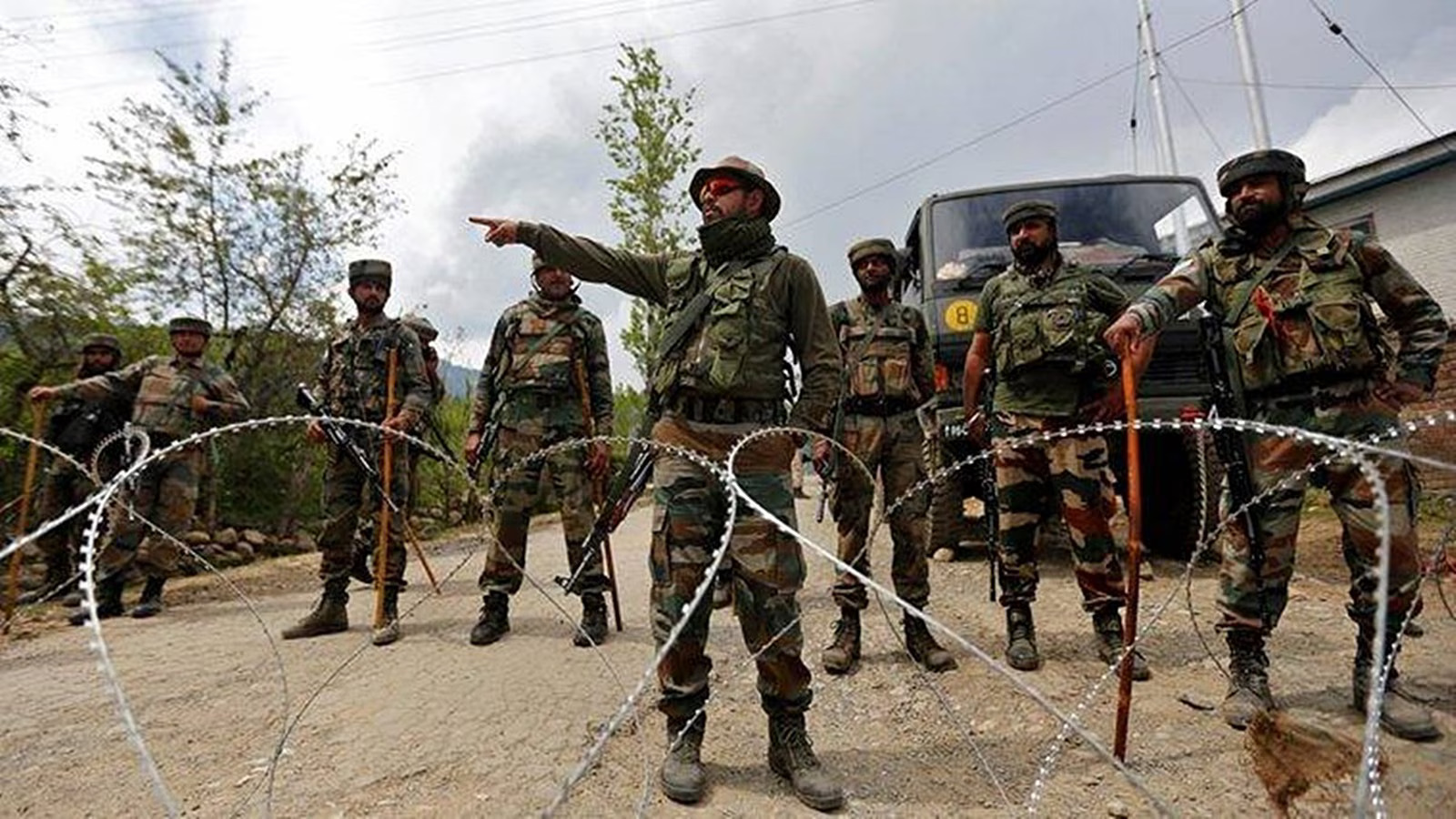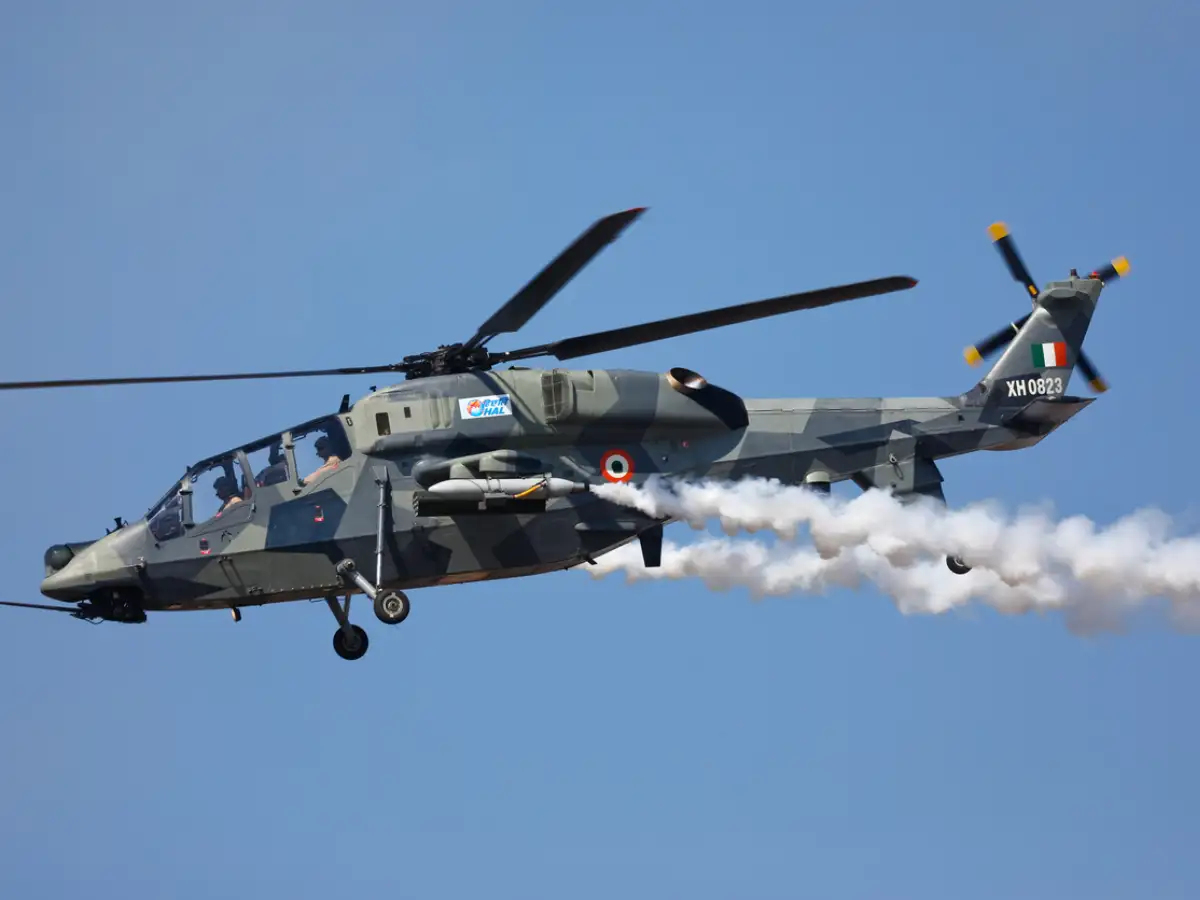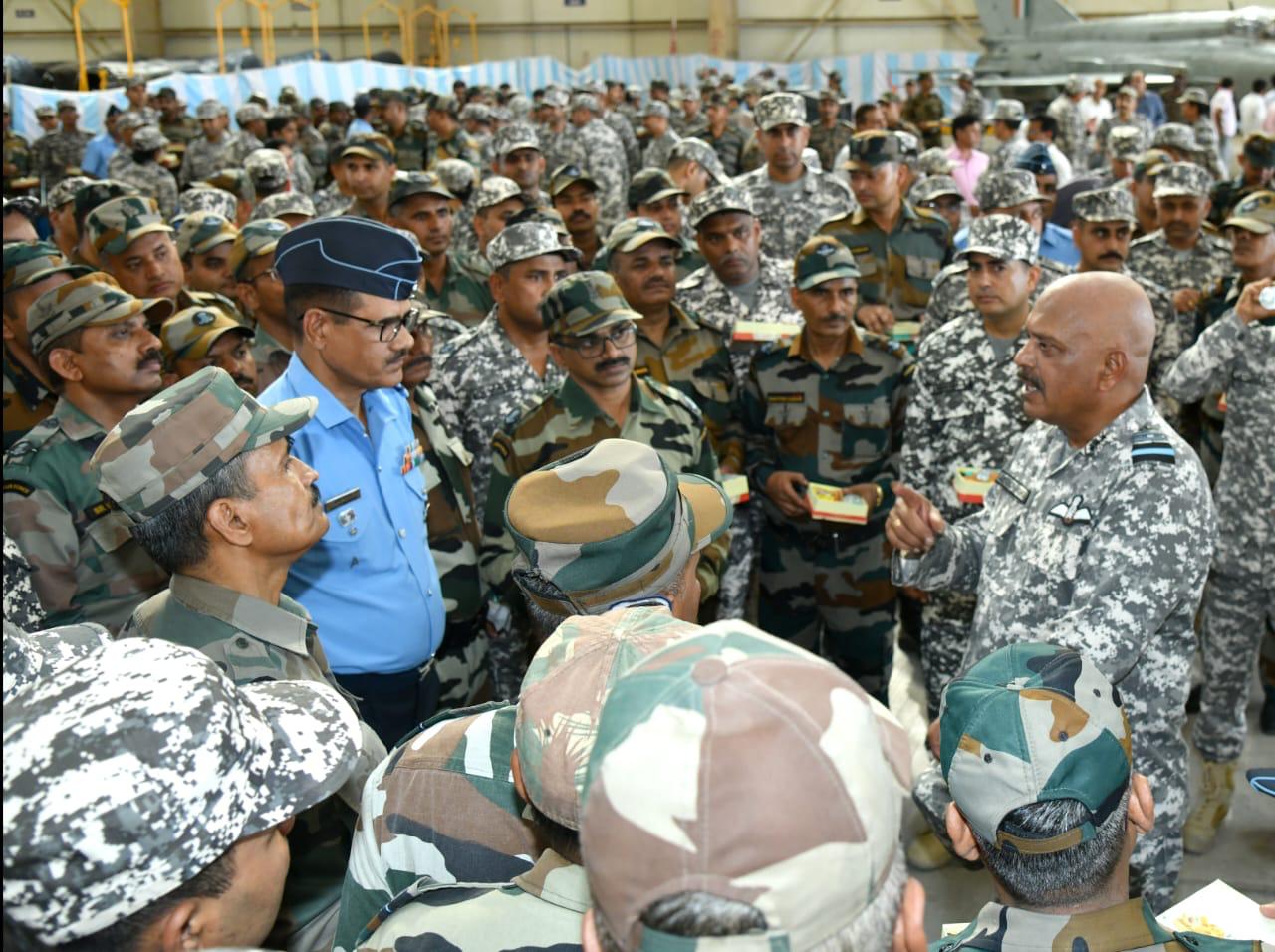Indian Defence Attaché Issues Stern Nuclear Warning at Indonesian Air Force Seminar
Captain Shiv Kumar, Defence Attaché at the Indian Embassy in Jakarta, delivered a firm warning during two high-level seminars hosted…
LCH Prachand to Get Indigenous Electronic Warfare Suite Developed by DRDO
The Indian Light Combat Helicopter (LCH) Prachand is set to receive a fully indigenous electronic warfare (EW) suite developed by…
Captain Sridhar Tata to Commission INS Tamal in Russia
Captain Sridhar Tata, an accomplished naval officer and alumnus of Sainik School Korukonda, is set to commission the Indian Navy’s…
Meet Commander Ronie Chowpoo: First Arunachali to Lead Indian Navy Warship
Commander Ronie Chowpoo from Arunachal Pradesh’s Namsai district has made history by becoming the first officer from the state to…
Assam Rifles Honours Nine Newly Commissioned Officers from Manipur
The Assam Rifles hosted a special felicitation ceremony on June 25 at the Mantripukhri Garrison in Imphal to honour nine…
Air Marshal Jeetendra Mishra Reviews Forward Bases in Western Sector
Air Marshal Jeetendra Mishra, Air Officer Commanding-in-Chief of the Indian Air Force’s Western Air Command, visited two forward bases on…






